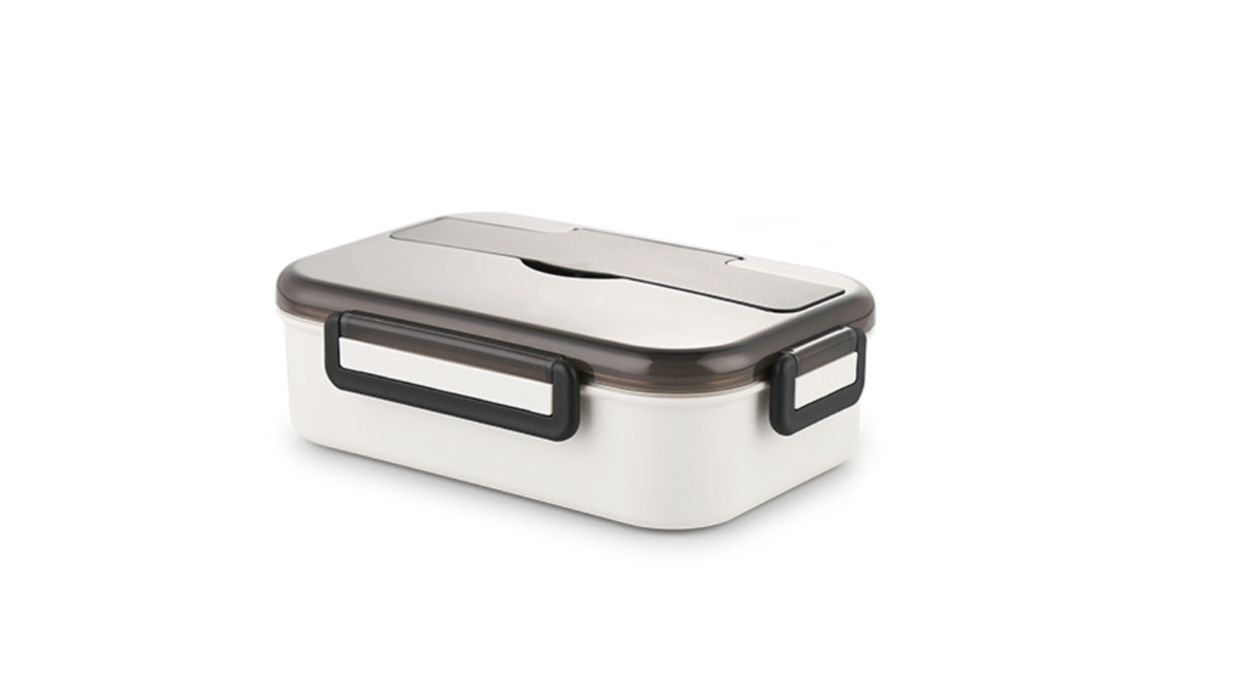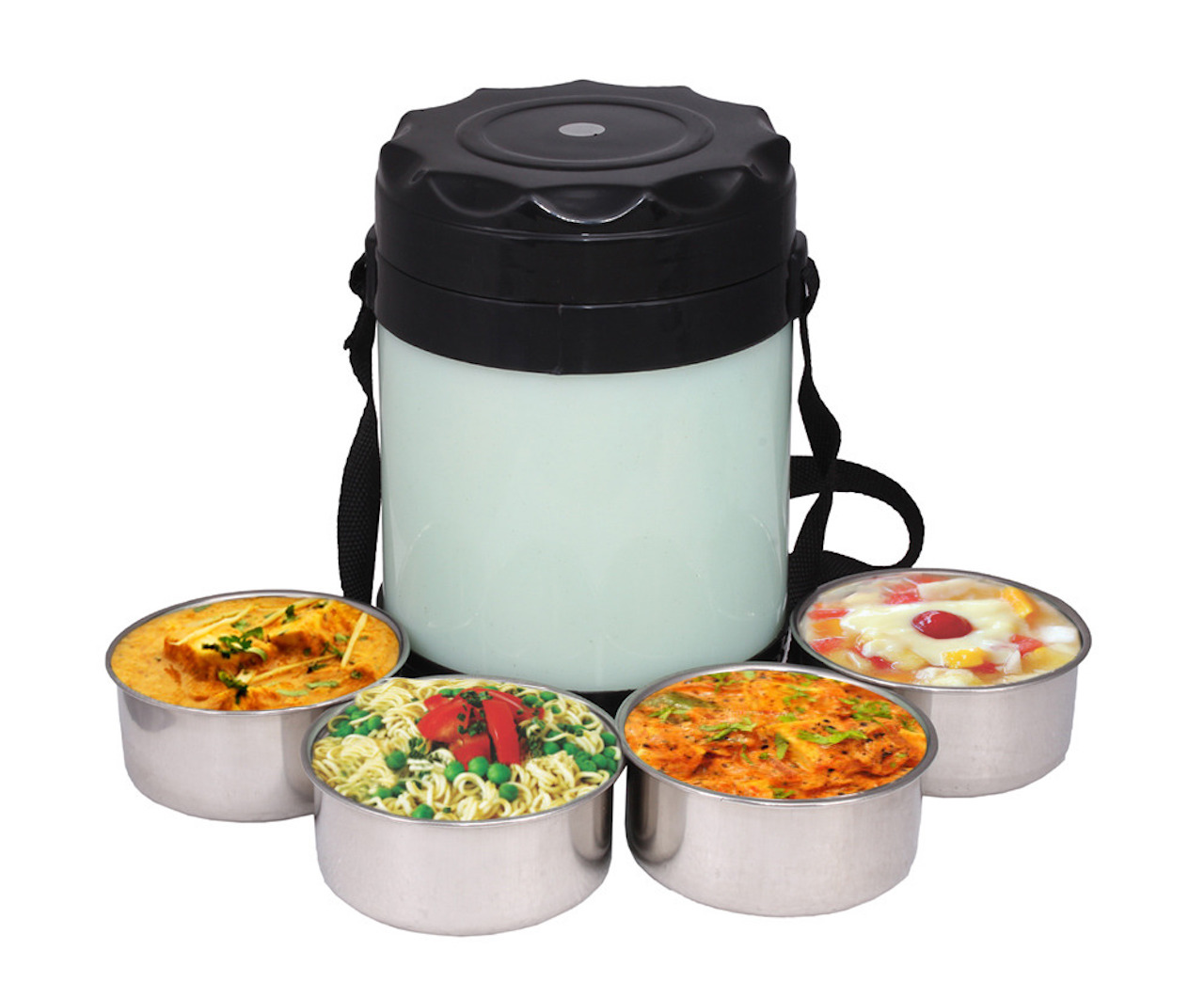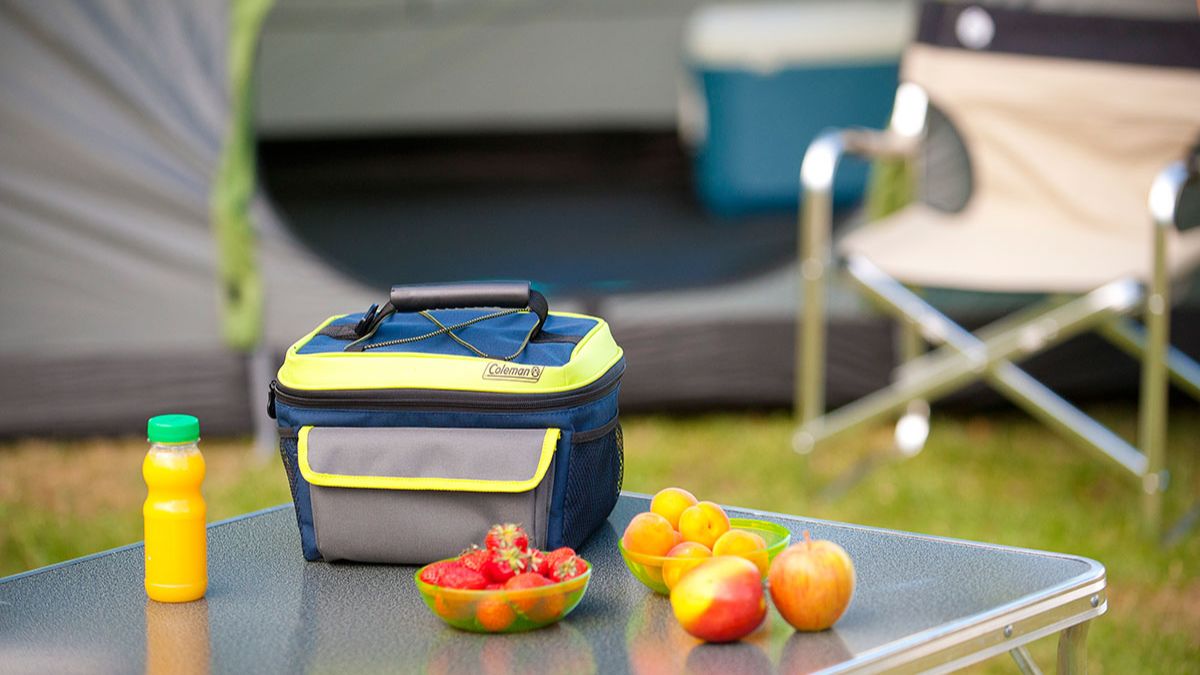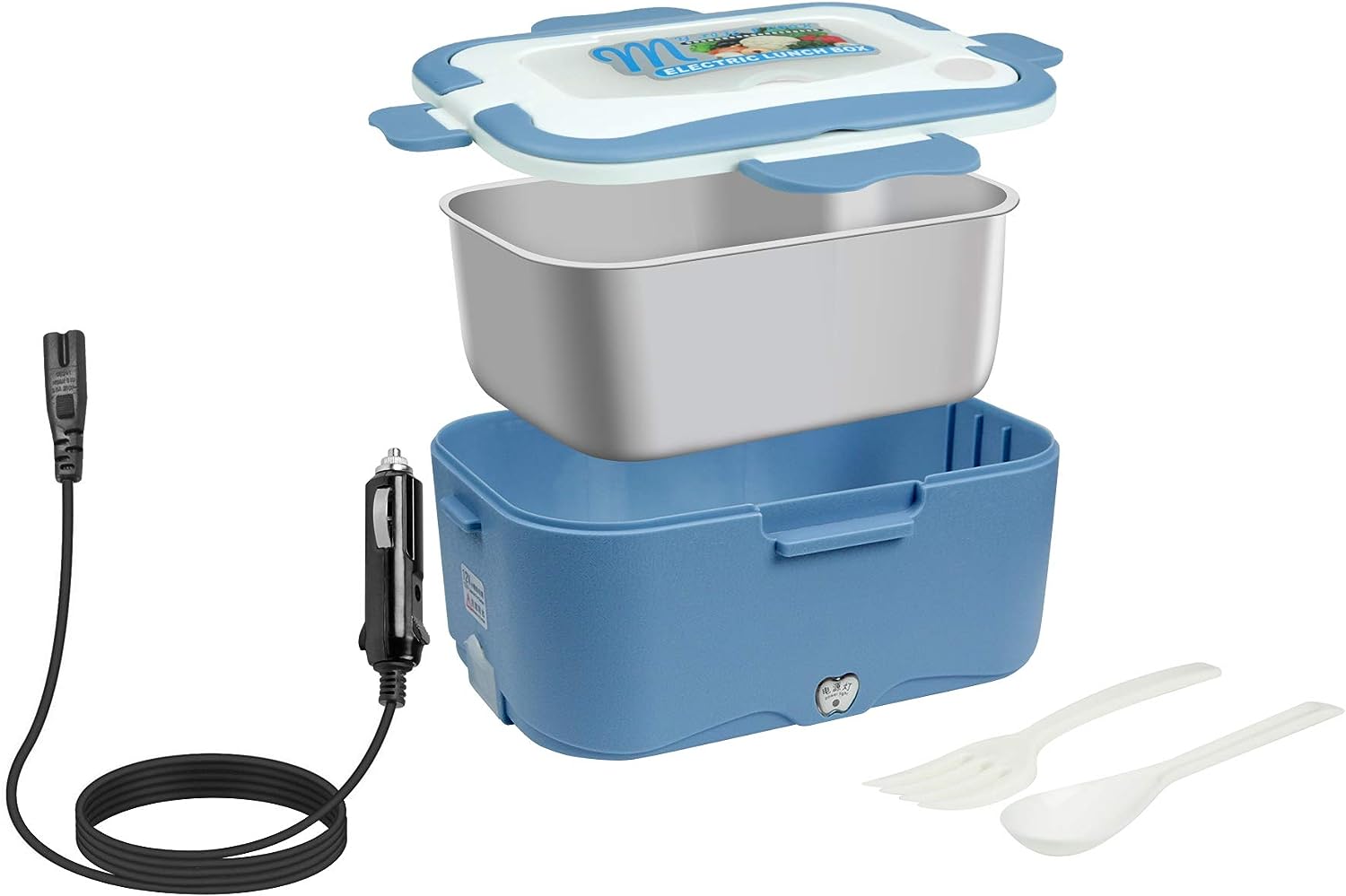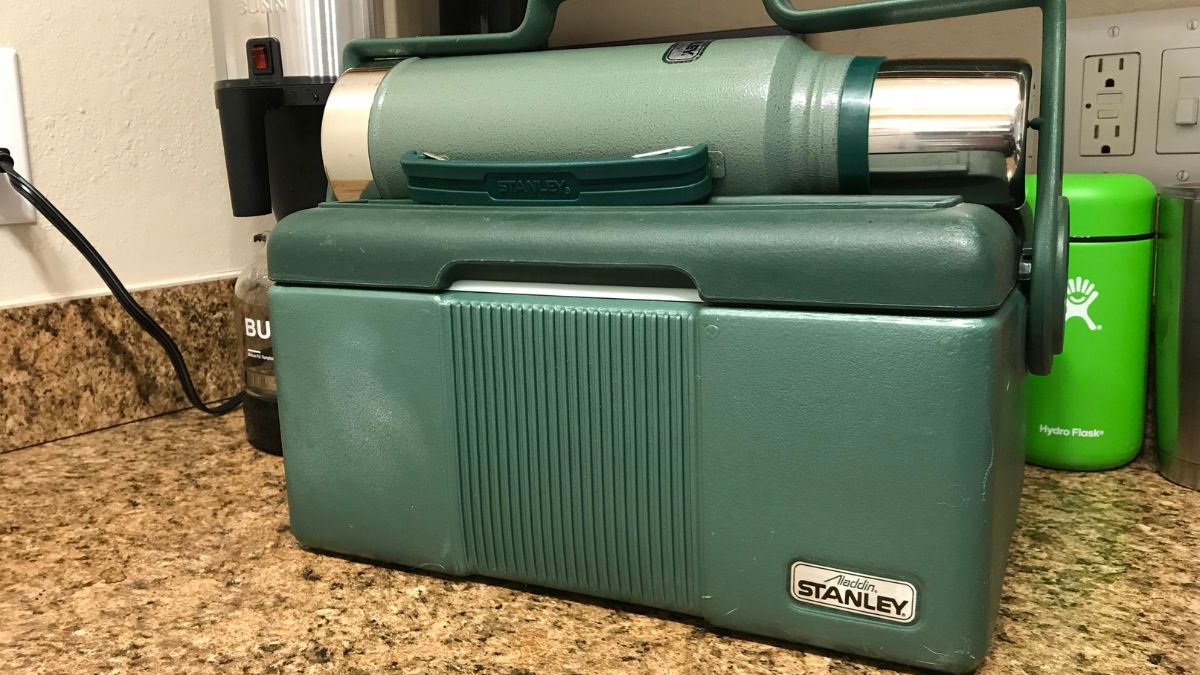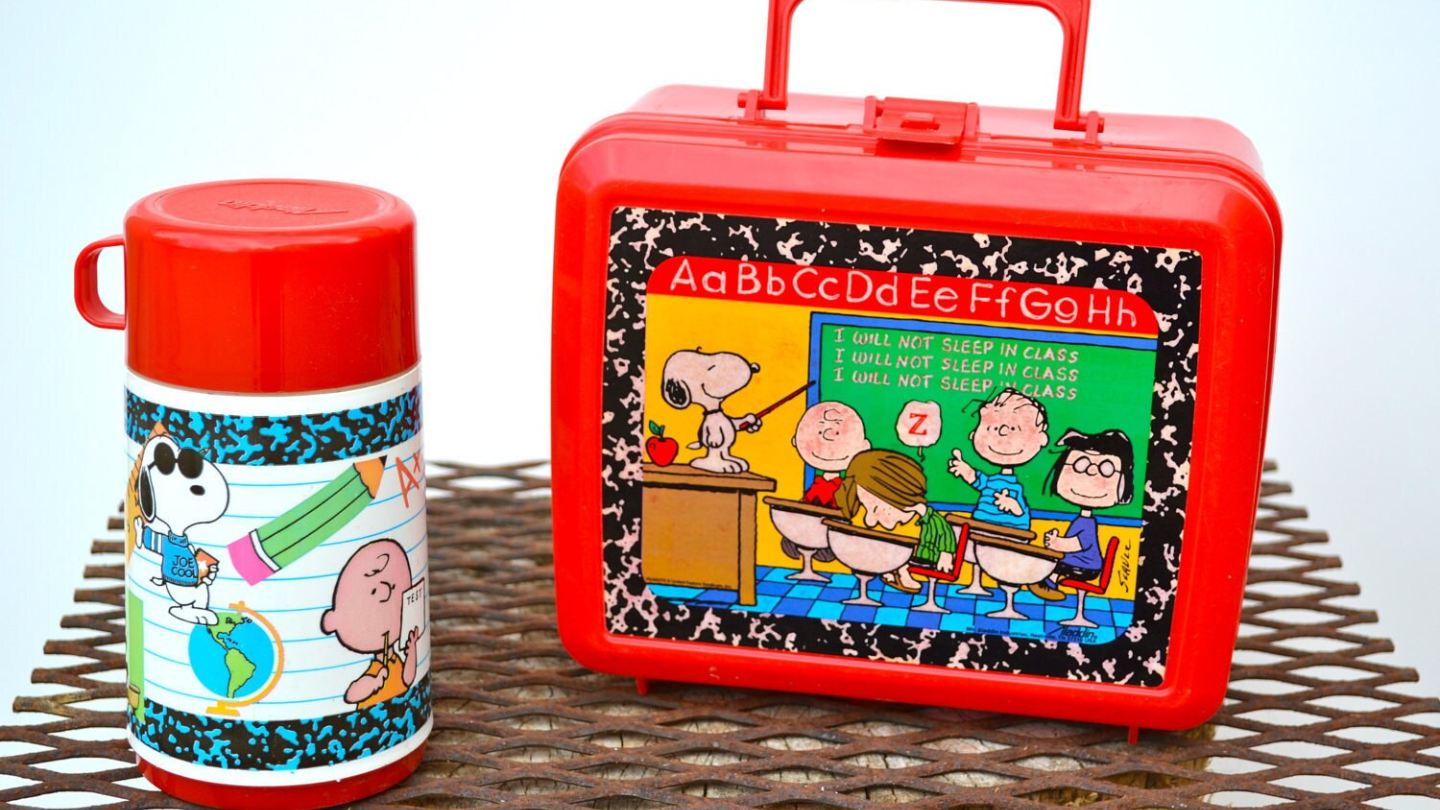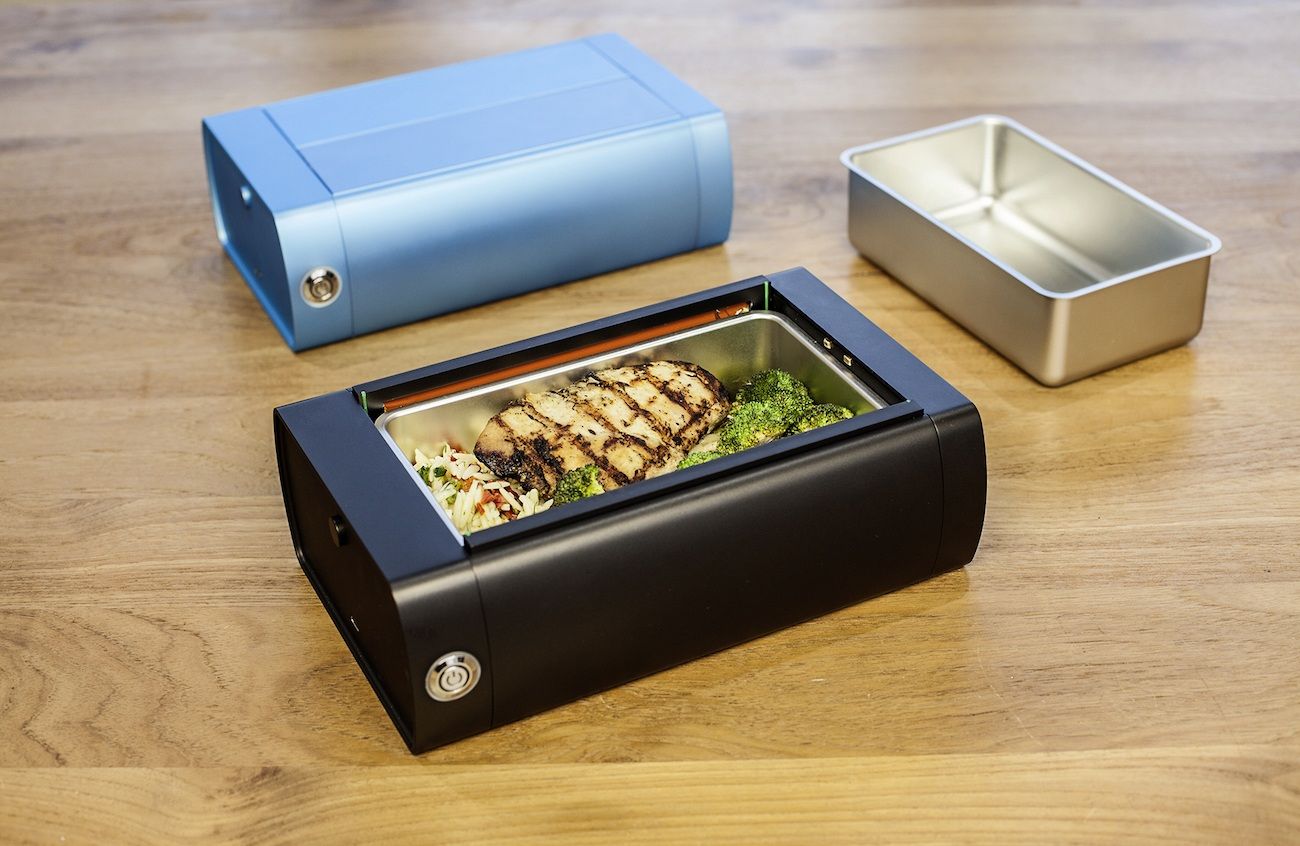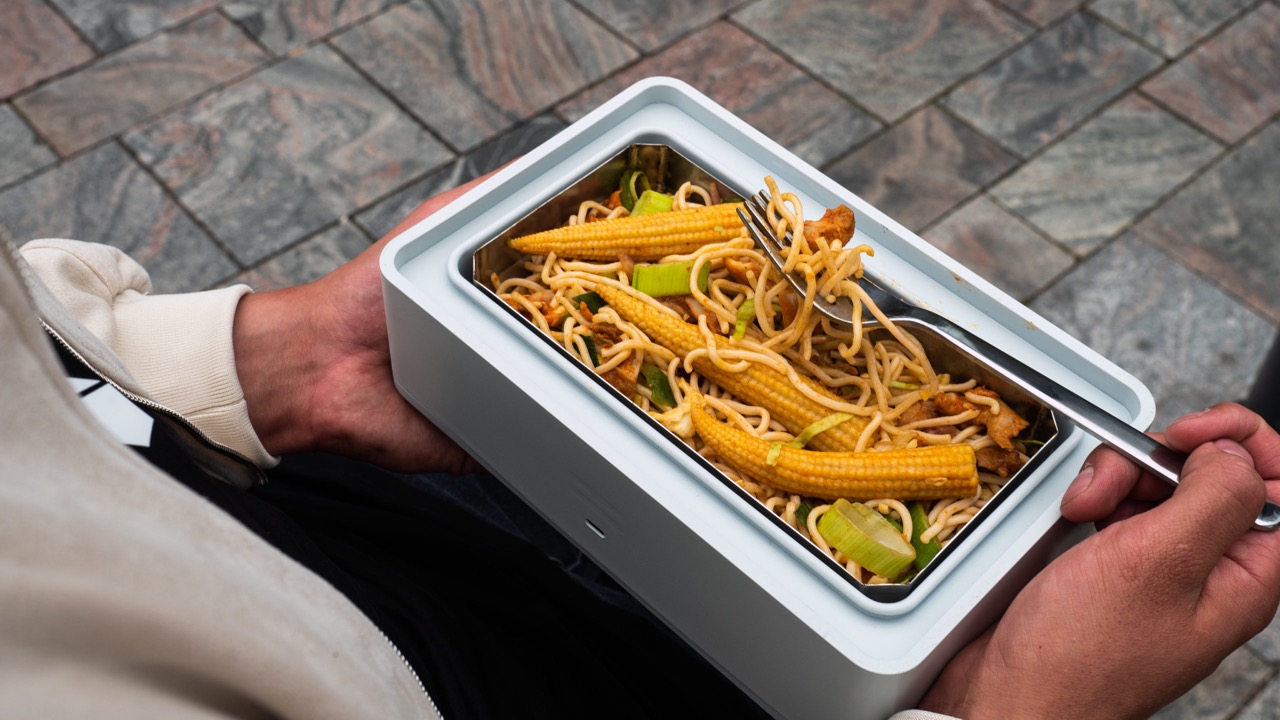Home> Thermal Lunch Box
Thermal Lunch Box: Your Ultimate Guide for Fresh Meals Anytime
Discover the world of thermal lunch boxes. Learn everything from its history, the science behind it, to the different types available. Keep your meals fresh and flavorful on-the-go!
